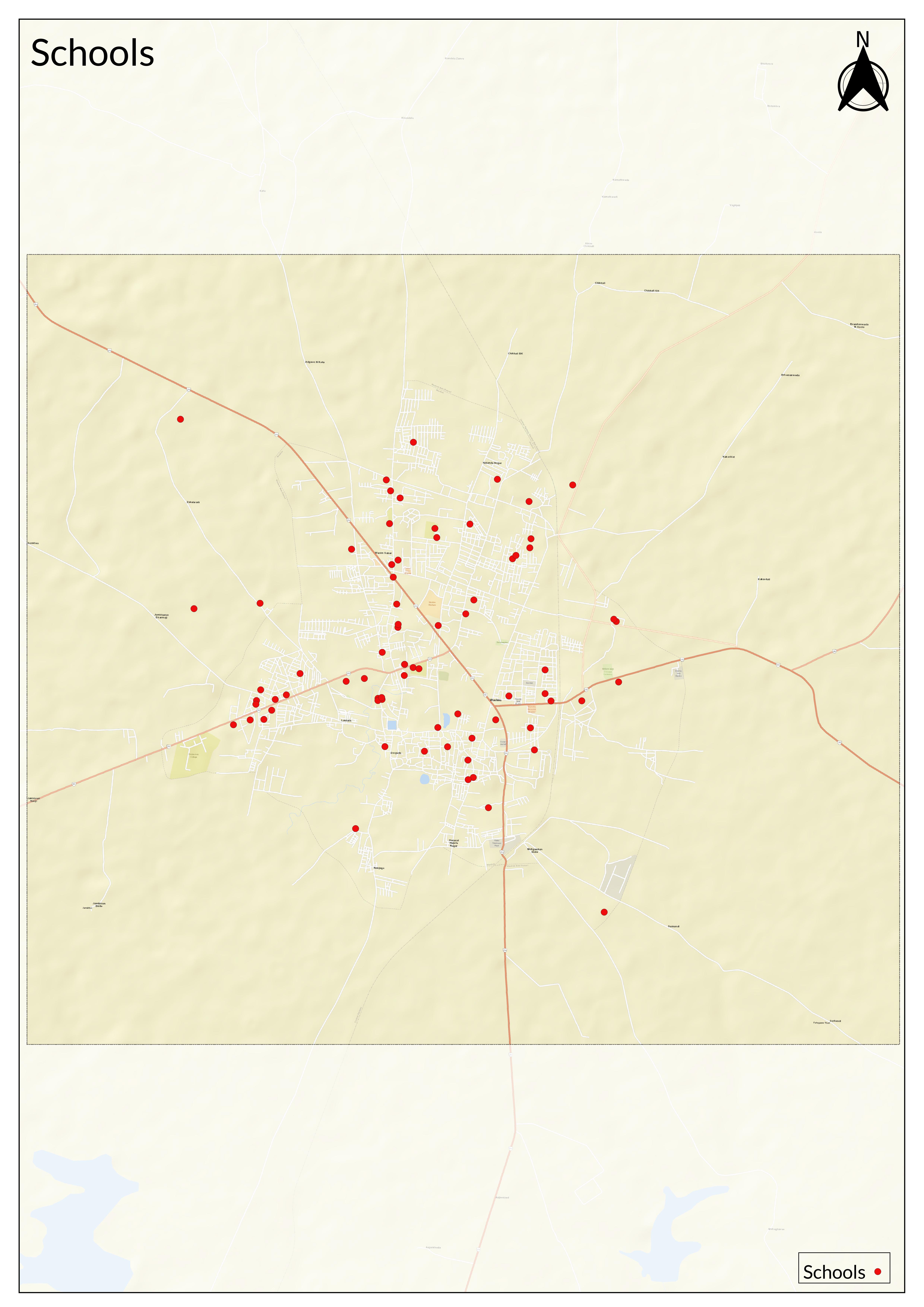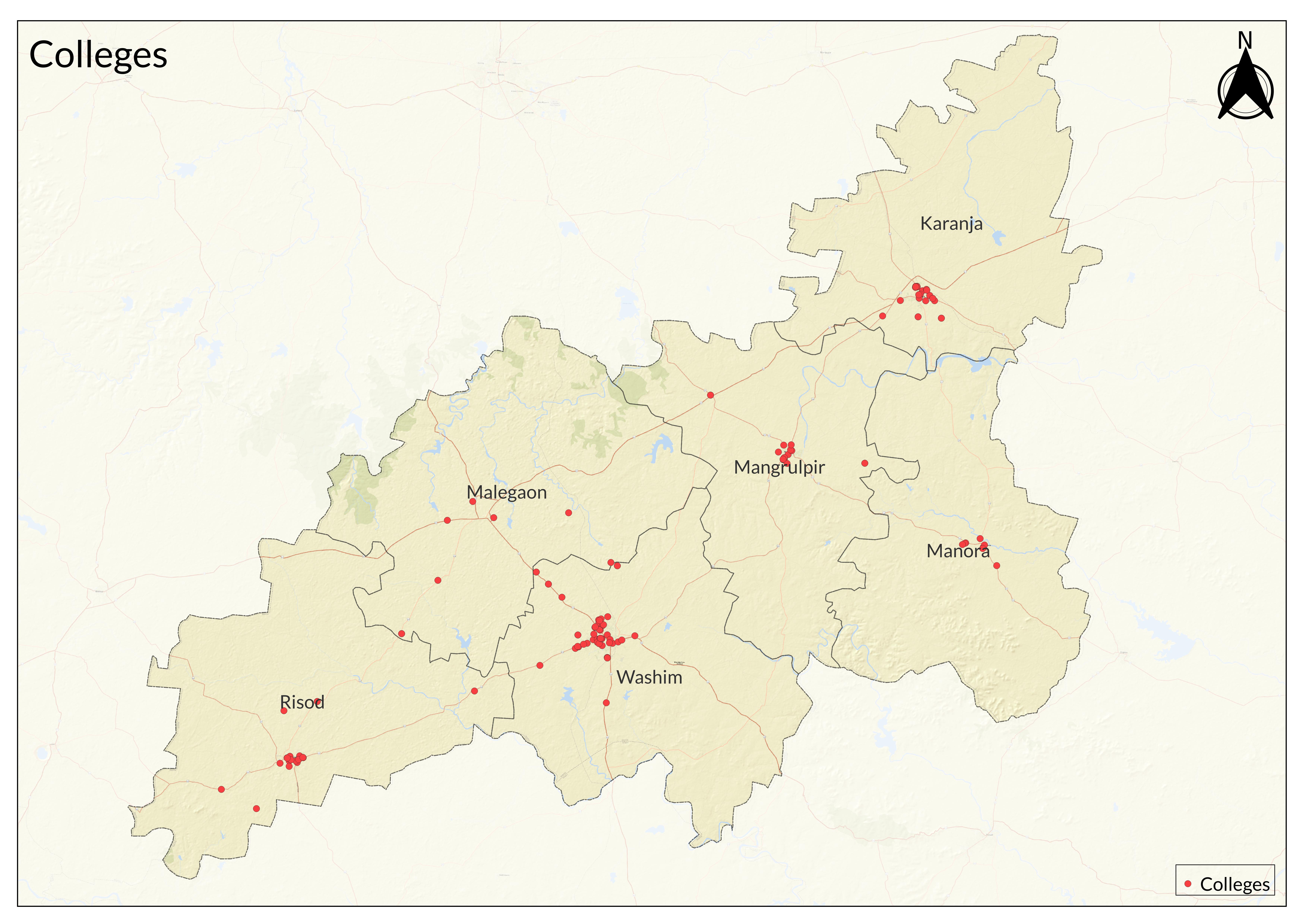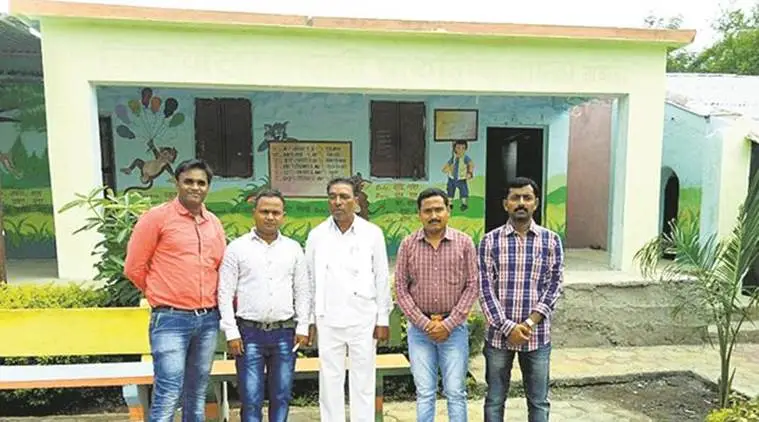Contents
- Early History
- Colonial History
- Prominent Figures & Organizations
- Rani Laxmibai Kanya School
- Post-Independence Era and Contemporary Educational Infrastructure
- Primary & Secondary Education
- Institutions of Higher Learning
- Rajasthan Aryan Arts, Shri Mithulal Kacholia Commerce and Shri Satyanarayanji Ramkrishnaji Rathi Science College
- Matoshri Shantabai Gote Arts, Commerce & Science College
- NGOs and Community-Based Education Efforts
- Narayan Garde & his Efforts to Revitalize the Nawli Zilla Parishad School
- Graphs
- Enrollment and Dropout Rate
- A. Student Enrollment Numbers
- B. Student Enrollment (Class-Wise)
- C. Student Enrollment (Gender-Wise)
- D. Student Enrollment (By School Management Type)
- E. Drop Out Rate (By Schooling Level)
- F. Drop Out Rate (By Gender)
- Schools
- A. No. of Schools
- B. No. of Schools (Filtered by Gender Mix)
- C. No. of Schools (By School Management Type)
- Teachers
- A. No. of Teachers
- B. No. of Teachers (By School Management Type)
- C. No. of Teachers (Male vs Female)
- D. Education Level of Teachers
- Sources
WASHIM
Education
Last updated on 28 July 2025. Help us improve the information on this page by clicking on suggest edits or writing to us.
The educational framework of Washim aligns with the broader structure of the Indian education system, encompassing pre-primary, primary, secondary, and higher education. By the 19th century, the introduction of the Western education framework in the district changed its educational landscape. British administrators and missionaries became actively involved in shaping education in the region.
Still, even as colonial influences grew, the early 20th century saw a wave of local initiatives; its existence indicated an increasing public awareness regarding the importance of education. Local communities took charge of education, a movement that carried into the post-independence era, shaping the district’s educational landscape in lasting ways.
Early History
Washim has a rich historical and cultural heritage, rooted in its ancient connections to Dandakaranya and the Vakataka dynasty. The region is steeped in legends, especially the story of Vatsa Rishi, who is said to have performed intense penance there, attracting divine blessings that transformed the area into a spiritual center known as Vatsagulma. The significance of Washim during the Tretayuga, as highlighted in texts like the Padma Purana, marks it as a key center for education and spirituality. The region, particularly during the Vakataka dynasty, saw the establishment of several ashramas that fostered learning, with notable locations including Washim and Bhar Jahagir.
In this era, Washim is said to have emerged as a vital hub for arts, culture, and particularly literature, giving rise to the Vachchhomi style of poetry. Astronomy played a crucial role in education, with respected scholars like Bhaskaracharya making significant contributions. His work, particularly in “Siddhant Shiromani” (Crown of Treatises), references Washim in the context of the Madhya-Rekha, which served as the prime meridian for Indian astronomical texts. Washim’s mention in various treatises emphasizes its historical importance, particularly in the academic discourse surrounding the circumference of the Earth.
Colonial History
Washim district was established in 1998. During the British era and into the first decade before independence, it was part of the undivided Akola district. As a result, educational infrastructure during this time likely concentrated mainly in the Akola taluka. Other than that, similar to other parts of the country, efforts were likely made to establish public schools in the region. The Akola Gazetteer mentions that a technical school was opened a few years earlier in Washim, but its progress has been less than satisfactory.
Prominent Figures & Organizations
As mentioned above, while entities from the West played a significant role in shaping the educational landscape of Washim, local figures and organizations also emerged as key contributors. These institutions, founded by Indian leaders and reformers, continue to shape education in the district today.
Rani Laxmibai Kanya School
Efforts to advance girls' education in the locality can be traced back to early initiatives during the colonial era, driven by a rising public consciousness and local reformers. Recognizing the importance of educating girls for societal progress, these reformers established schools that challenged traditional norms and advocated for women's rights. One significant milestone in this movement was the founding of Tarabai Kanya School in 1937 by Balasaheb Bhatkhande, inspired by local leaders like Bhausaheb Sane and Bapusaheb Gandhe. Initially starting with just six students, Tarabai School became a beacon of female education in the community, reflecting the commitment to empower women and promote equality.
Over the years, locals speak of the school’s growth. In 1997, its legacy expanded with the establishment of a primary school department and a junior college. Furthermore, Nanasaheb Phatak, known as the King of Marathi theater, enriched the school's heritage by constructing a theater named after the renowned poet-playwright Rajasekhar of the Vakataka era.
Post-Independence Era and Contemporary Educational Infrastructure
Following India's independence, the education system in Washim underwent major transformations. The introduction of structured education levels—pre-primary, primary, secondary, and higher education and the implementation of National Education Policies heavily shaped the educational landscape of the district. Over the years, the education sector developed with contributions from both government-funded institutions and private organizations. Additionally, Educational boards were also introduced, each offering distinct curricula and standards, providing students with more choices.
Primary & Secondary Education
During the colonial period, both public and private efforts in education primarily focused on primary and secondary schooling, as indicated by data from district gazetteers across Maharashtra. Higher education remained underdeveloped in most districts, including Washim, with gradual improvements over time. While basic infrastructure for primary and secondary education existed, its expansion was closely tied to increasing enrollment and greater involvement of local figures.

Today, this expansion is evident in the widespread presence of schools across various wards of Gadchiroli, with available data reflecting the steady growth of educational institutions in both urban and rural parts of the district.
Institutions of Higher Learning
Perhaps one of the most notable changes in Washim’s educational landscape is tied to the establishment of higher education institutions. While primary and secondary schooling expanded steadily, opportunities for advanced education remained limited for much of the district’s history. Over time, local leaders and organizations played a crucial role in addressing this gap, leading to the creation of several colleges. As a result, many institutions in the district today are privately managed, semi-private, or autonomous.
Rajasthan Aryan Arts, Shri Mithulal Kacholia Commerce and Shri Satyanarayanji Ramkrishnaji Rathi Science College
In 1944, during the colonial era, Aryan Arts College was founded by a group of freedom fighters from the Hyderabad province, making it one of the oldest higher learning institutions in the district.
In June 1945, the Rajasthan Education Society was established to provide financial support and management expertise, facilitating the growth of the college. The college was subsequently renamed Rajasthan Aryan Mahavidyalaya. The institution received its first 'A' Level accreditation in 2004 and has undergone subsequent re-accreditations, maintaining its 'A' Level status in later evaluations. Today, Rajasthan Aryan Mahavidyalaya offers a variety of undergraduate and postgraduate courses in all the three streams and stands as a testament to the local efforts that have shaped the educational landscape of the district.
Matoshri Shantabai Gote Arts, Commerce & Science College
Matoshri Shantabai Gote College of Arts, Commerce, and Science was founded in 2000 in Washim, inspired by the vision of late Principal Shankarrao Gote. The college offers a range of traditional courses, including Bachelor of Arts (B.A.), Bachelor of Commerce (B.Com), and Bachelor of Science (B.Sc.). In addition, it provides specialized business courses such as Bachelor of Vocational Studies (B.Voc.) in Beauty and Wellness.

Notably, the college is home to four research centers, with seven research students currently registered. In its commitment to educate various sections of society, the college also offers courses under Yashwantrao Chavan Open University and Lokmanya Tilak Open University. Matoshri Shantabai Gote College is managed by the Prabhu Shri Ramchandra Shikshan Prasarak Mandal, Tondgaon, and is affiliated with Sant Gadge Baba Amravati University.

In addition to these institutions, a number of centres for higher education operate throughout the district, which offer programmes across various disciplines. While the landscape of higher education has broadened significantly since independence, disparities in access, particularly along geographic lines, remain evident.
NGOs and Community-Based Education Efforts
Education has been a key driver of social reform, particularly in addressing inequality and expanding access to learning. While formal institutions provide structured education, many communities continue to face barriers due to poverty, social stigma, or lack of resources. To address these challenges, various organizations in Washim have focused on community-based education initiatives, with each working to tackle specific social challenges present in the district.
Narayan Garde & his Efforts to Revitalize the Nawli Zilla Parishad School
Zilla Parishad schools are vital government-run institutions in Maharashtra, particularly for rural education. However, they often grapple with significant challenges that compromise the quality of education and the overall learning environment. Many of these schools operate in dilapidated buildings with inadequate facilities, which directly impacts student enrollment and attendance.
One compelling example is the Nawli Zilla Parishad School in Washim district, which faced dire infrastructural issues. In June 2016, headmaster Mr. Narayan Garde took on the challenge of revitalizing this struggling institution. With only about 145 students enrolled—many of whom preferred distant convent schools—Garde recognized the urgent need for change.

Understanding the importance of community involvement, Garde and his team worked diligently to rebuild trust among local parents who had been skeptical due to past experiences with government schools. By pooling their personal resources, the teachers each contributed ₹30,000, laying the groundwork for significant renovations.
With additional support from the villagers, they raised nearly ₹4 lakhs, allowing for substantial improvements. The school was transformed with new paint, modern whiteboards, upgraded toilets, and better access to drinking water, creating a welcoming environment for students.
The dedicated efforts of Garde and his team led to a dramatic increase in student enrollment, soaring from 145 to 400. Families began to prefer their local school, recognizing the positive changes and newfound commitment to quality education. Garde and his team became pillars of the community, earning respect and gratitude from villagers who had previously been hesitant about the government education system.
Through determination and collaboration, the Nawli Zilla Parishad School serves as a powerful example of how community-driven initiatives can revitalize educational institutions and inspire confidence in public education.
Graphs
Enrollment and Dropout Rate
Schools
Teachers
Sources
Arunima Bhattacharya. 2017. “Maharashtra School Brought to Life.” The Logical Indian.https://web.archive.org/web/20210613104958/h…
Maharashtra State Gazetteers. 1974. Akola District. Directorate of Government Printing, Stationery & Publications, Government of Maharashtra, Mumbai.
Mahatma Gandhi Tatya Saheb Kore College. Home. MSGOT College.https://www.msgotecollege.org/
Rajarshee Shahu Arts and Commerce College. About the College. RAC. https://rac.ac.in/AboutCollege
Sachin Dixit. 2018. “Madhyarekha and Madhyameshwar of Washim”.Paper presented at Conference organized by CHAEN and Sathaye College, Mumbai.Academia.edu.https://www.academia.edu/44274664/Madhyarekh…
Sachin Jadhav. 2018. “Madhyarekha: The Ancient Indian Astronomical Median Line That Was Centuries Ahead of Its Time.” Medium.https://medium.com/@sac.jadhav93/madhyarekha…
Last updated on 28 July 2025. Help us improve the information on this page by clicking on suggest edits or writing to us.